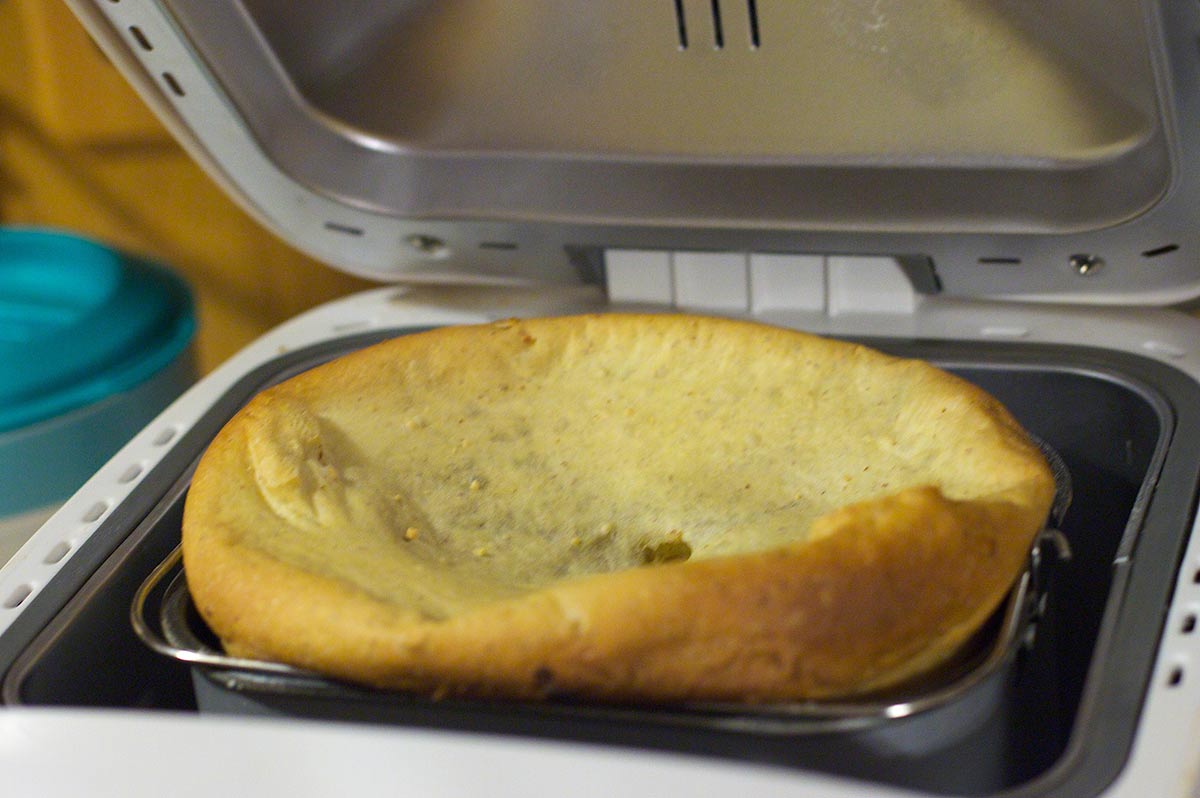

Articles
Why Does Bread Collapse In Bread Machine
Modified: May 6, 2024
Discover why bread collapses in bread machines with these informative articles. Learn how to avoid common pitfalls and achieve perfect results every time.
(Many of the links in this article redirect to a specific reviewed product. Your purchase of these products through affiliate links helps to generate commission for Storables.com, at no extra cost. Learn more)
Introduction
Using a bread machine can be a convenient and efficient way to bake fresh homemade bread. However, many bread machine users often encounter a common problem – the collapse of bread during or after the baking process. This issue can be frustrating and can leave you with a dense and unappealing loaf of bread.
In this article, we will explore why bread collapses in a bread machine and provide insights into the factors that contribute to this problem. We will also provide tips and solutions to prevent bread collapse, ensuring that you can enjoy perfectly risen and delicious bread every time.
Understanding the reasons behind bread collapse in a bread machine is crucial for achieving baking success. Let’s delve into the basics of bread machines and how they work to get a clearer understanding.
Key Takeaways:
- Understanding the role of yeast, proper measurements, and machine settings is crucial to prevent bread collapse in a bread machine. Follow recipes accurately and use high-quality ingredients for successful baking.
- Troubleshooting bread collapse involves adjusting yeast quantity, liquid ratio, kneading and rising times, and experimenting with different approaches. Embrace the learning process and enjoy the satisfaction of creating delicious homemade bread.
Read more: How Does A Bread Machine Work
Understanding Bread Machine Basics
Before we can dive into why bread collapses in a bread machine, it’s essential to have a basic understanding of how these machines work. Bread machines are designed to automate the bread baking process, making it easier for individuals to enjoy freshly baked bread at home.
These machines typically consist of a bread pan, a built-in heating element, and a control panel. The control panel allows users to select different settings such as the type of bread, crust darkness, and the size of the loaf. Once the desired settings are chosen, the bread machine takes care of the rest, from kneading the dough to proofing and baking.
During the bread making process, the bread machine controls the temperature and timing, ensuring proper rise and baking. The mixing and kneading paddle, located at the bottom of the bread pan, helps to combine the ingredients and develop gluten, which gives the bread its structure and elasticity.
Once the dough has risen sufficiently, the bread machine initiates the baking process by heating the bread pan. This causes the yeast to produce carbon dioxide, creating air pockets within the dough, giving the bread its light and airy texture.
Now that we have a basic understanding of how bread machines work, let’s explore the role of yeast in the bread making process and how it can impact the rise and stability of the bread.
The Role of Yeast in Bread Machines
Yeast is a crucial ingredient in bread making, and its role becomes even more significant when using a bread machine. Yeast is a living organism that feeds on sugars and produces carbon dioxide gas as a byproduct. This gas is what causes the bread to rise and become fluffy and light.
In bread machines, yeast is typically added to the dough along with other ingredients like flour, water, salt, and sugar. The machine then provides the ideal environment for the yeast to thrive – a warm and controlled temperature. The yeast ferments the sugars present in the dough, releasing carbon dioxide that gets trapped within the gluten structure, resulting in the bread rising.
However, if there are issues with the yeast, such as its quality or viability, it can negatively affect the rise and stability of the bread. Here are a few factors to consider when it comes to yeast in bread machines:
- Yeast Freshness: Yeast has a limited shelf life, and using expired or old yeast can lead to poor rise and collapse in the bread. Always check the expiration date on the yeast package and ensure it’s within the recommended timeframe for best results.
- Yeast Activation: It’s essential to activate the yeast properly before adding it to the bread machine. This can be done by proofing the yeast in warm water with a small amount of sugar. If the yeast doesn’t foam or show signs of activation, it may not be viable, and using it can result in bread collapse.
- Yeast Quantity: Using the proper amount of yeast is crucial for achieving a good rise in bread. Too little yeast may result in insufficient gas production, while too much yeast can cause the bread to rise too quickly and collapse. Follow the recipe instructions and use the recommended amount of yeast for best results.
Now that we understand the role of yeast in bread machines, let’s explore the various factors that can contribute to bread collapse and how to prevent it.
Factors That Affect Bread Collapse
While using a bread machine can simplify the bread-making process, there are several factors that can contribute to bread collapse. Let’s take a closer look at some of the common culprits:
1. Incorrect Measurements: Accurate measurements of ingredients are crucial for successful bread making. Using too much or too little flour, water, or yeast can disrupt the balance of the dough and hinder proper rise. Follow the recipe precisely and use measuring cups and spoons to ensure accurate measurements.
2. Overproofing: Allowing the dough to rise for too long can result in overproofing, causing the bread to collapse during baking. Overproofing happens when the yeast ferments the dough for an extended period, depleting the gluten strength and gas-producing capabilities. Monitor the dough closely during the rising phase and ensure it doesn’t rise beyond the recommended time specified in the recipe.
3. Insufficient Gluten Development: Gluten is essential for the structure and stability of bread. Insufficient kneading or inadequate gluten development can result in weak dough that cannot support the gas produced by the yeast. Follow the recommended kneading time specified in the recipe and ensure proper gluten development.
4. High Altitude: High altitude locations can present unique challenges in bread making. The reduced air pressure affects the yeast’s activity and the overall baking process. Adjustments may be necessary, such as reducing the amount of yeast or liquid in the recipe, or increasing the baking time. Experimentation may be required to find the right adjustments for your specific altitude.
5. Wrong Bread Machine Settings: Different bread machine models offer various settings for different types of bread and crust darkness. Using the wrong settings or not following the recommended settings in the recipe can lead to bread collapse. Ensure that you select the appropriate settings for the type of bread you are baking.
By being mindful of these factors and making necessary adjustments, you can prevent bread collapse and achieve beautifully risen loaves of bread. Next, let’s explore some effective tips to help you prevent bread collapse in your bread machine.
Make sure to measure ingredients accurately and use the recommended type of flour for your bread machine. Also, check the yeast for freshness and use the correct amount. Avoid opening the lid during the baking cycle to prevent the bread from collapsing.
How to Prevent Bread Collapse
Preventing bread collapse in a bread machine requires attention to detail and careful consideration of various factors. Here are some effective tips to help you achieve perfectly risen and stable loaves of bread:
1. Follow the Recipe: Start by using a reliable bread machine recipe and follow it precisely. Pay attention to the recommended measurements, ingredients, and settings. Consistency is key to achieving consistent and successful results.
2. Use High-Quality Ingredients: Opt for high-quality flour, yeast, and other ingredients. Using fresh and active yeast will ensure proper fermentation and rise. Fresh and good-quality flour will provide the necessary gluten strength for a stable loaf.
3. Monitor the Dough: Keep a close eye on the dough during the kneading and rising cycles. Ensure that the dough is properly mixed and sufficiently risen. Avoid overproofing by removing the dough promptly once it has doubled in size. If necessary, adjust the rising time according to the specific recipe and your machine’s performance.
4. Adjust Liquid and Flour Ratios: Depending on factors like humidity and altitude, it may be necessary to adjust the liquid and flour ratios in the recipe. If the dough seems too dry or too wet during the kneading process, gradually add small amounts of either liquid or flour until the dough reaches the desired consistency. This adjustment will help ensure proper structure and rise.
5. Use Vital Wheat Gluten: Adding vital wheat gluten to the recipe can strengthen the dough and improve its structure, especially when using low-gluten or gluten-free flours. Follow the manufacturer’s instructions for the appropriate amount to use based on your bread machine’s capacity.
6. Avoid Opening the Lid: While it may be tempting to check on the progress of the bread, avoid opening the bread machine lid during baking. The sudden temperature change can disrupt the baking process and negatively impact the rise of the bread.
7. Experiment with Flour Types and Ratios: Different types of flour and their ratios can affect the rise and stability of bread. Experiment with different flour types, such as bread flour, all-purpose flour, whole wheat flour, or a combination, to find the perfect balance that works for you.
8. Clean and Maintain your Bread Machine: Regularly cleaning and maintaining your bread machine is essential for optimal performance. Follow the manufacturer’s instructions for cleaning and check for any signs of wear or malfunction. A well-functioning machine will contribute to better bread-making results.
By implementing these preventive measures, you can minimize the risk of bread collapse in your bread machine and enjoy consistently successful baking results. However, if you do encounter bread collapse, don’t worry! There are troubleshooting techniques you can try.
Read more: Why Is My Bread Machine Bread Dry
Troubleshooting Bread Collapse Issues
Even with the best precautions, bread collapse can still occur. If you encounter this issue, don’t be discouraged. Here are some troubleshooting techniques to help you identify and address the problem:
1. Inspect the Bread: Take a close look at the collapsed loaf. Note any patterns, such as sunken centers, flat tops, or excessive denseness. Understanding the specific issue will help you determine the possible causes and the appropriate solution.
2. Adjust the Yeast Quantity: If the bread collapses immediately after baking, it may indicate that too much yeast was used. Reduce the amount of yeast in your recipe, following the recommended quantity for the particular bread machine you’re using.
3. Check the Liquid Ratio: If the bread collapses during the baking process, it could be due to excessive liquid in the dough. Try reducing the amount of liquid slightly, ensuring the dough has the appropriate consistency.
4. Increase the Kneading Time: In some cases, inadequate gluten development can result in bread collapse. Increase the kneading time in your bread machine to promote better gluten formation and strengthen the dough structure.
5. Adjust the Rising Time: An excessively long or short rising time can contribute to bread collapse. Experiment with adjusting the rising time to find the ideal duration for your specific bread machine and recipe. Keep a close eye on the dough and remove it from the machine promptly after it has doubled in size.
6. Reduce the Amount of Sugar: Excessive sugar in the dough can weaken the gluten structure and cause the bread to collapse. Try reducing the amount of sugar in your recipe to see if it improves the stability of the bread.
7. Troubleshoot your Bread Machine: If you consistently experience bread collapse, it’s worth checking if there’s an issue with your bread machine. Ensure that the heating element is functioning properly and that the machine is maintaining the correct temperature throughout the baking process.
8. Experiment and Learn: Bread making is both a science and an art. It may take some trial and error to find the perfect balance of ingredients, settings, and techniques that work best for your specific bread machine. Stay patient, document your experiments, and learn from each baking experience to improve your bread-making skills.
By troubleshooting and implementing these solutions, you can overcome bread collapse issues and achieve beautifully risen loaves with your bread machine. Remember to stay persistent and have fun exploring the possibilities of baking your own delicious bread.
Conclusion
Baking bread in a bread machine can be a convenient and enjoyable experience. However, bread collapse can be a common issue that many bread machine users face. Understanding the reasons behind bread collapse and taking preventive measures can help you achieve consistently delicious and well-risen loaves of bread.
In this article, we explored various factors that can contribute to bread collapse, such as incorrect measurements, overproofing, insufficient gluten development, high altitude, and incorrect machine settings. We also provided valuable tips on how to prevent bread collapse, including following the recipe accurately, using high-quality ingredients, monitoring the dough, adjusting liquid and flour ratios, and maintaining the bread machine properly.
If you encounter bread collapse despite taking preventive measures, we also discussed troubleshooting techniques. By adjusting the yeast quantity, checking the liquid ratio, increasing kneading time, adjusting rising time, reducing the amount of sugar, troubleshooting the bread machine, and experimenting with different approaches, you can overcome bread collapse and achieve successful baking results.
Remember, baking bread is a skill that takes practice. Don’t be discouraged if you experience some setbacks along the way. With each baking experience, you’ll learn more about your bread machine, ingredient ratios, and techniques that work best for your specific circumstances.
So, embrace the process, keep experimenting, and enjoy the satisfaction of creating fresh, homemade bread that rises beautifully and delights your taste buds. Happy baking!
Excited to master your bread machine further? Dive into our next feature on diverse culinary creations beyond traditional loaves. Whether you're aiming to whip up some sweet treats or savory delights, our comprehensive guide on bread machine recipes will show you how to fully utilize this versatile appliance for more than just bread. Get ready to impress friends and family with freshly made, delicious dishes straight from your kitchen.
Frequently Asked Questions about Why Does Bread Collapse In Bread Machine
Was this page helpful?
At Storables.com, we guarantee accurate and reliable information. Our content, validated by Expert Board Contributors, is crafted following stringent Editorial Policies. We're committed to providing you with well-researched, expert-backed insights for all your informational needs.
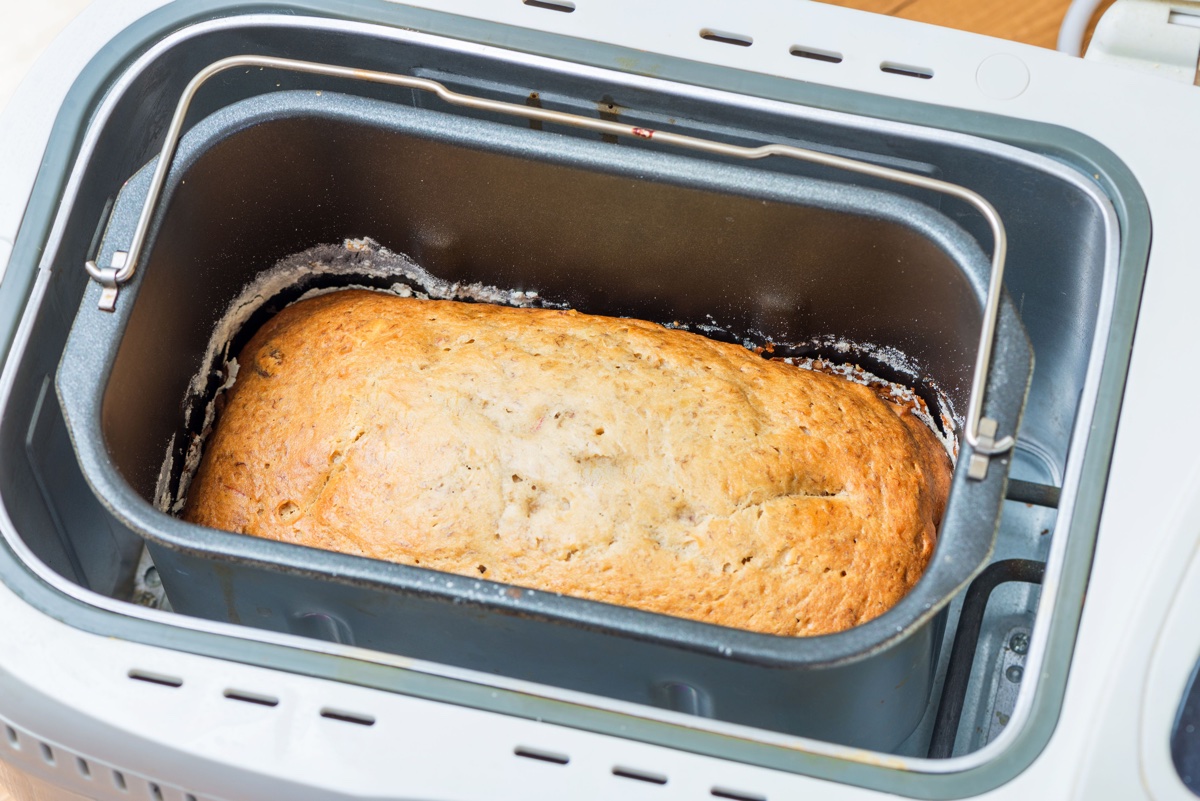
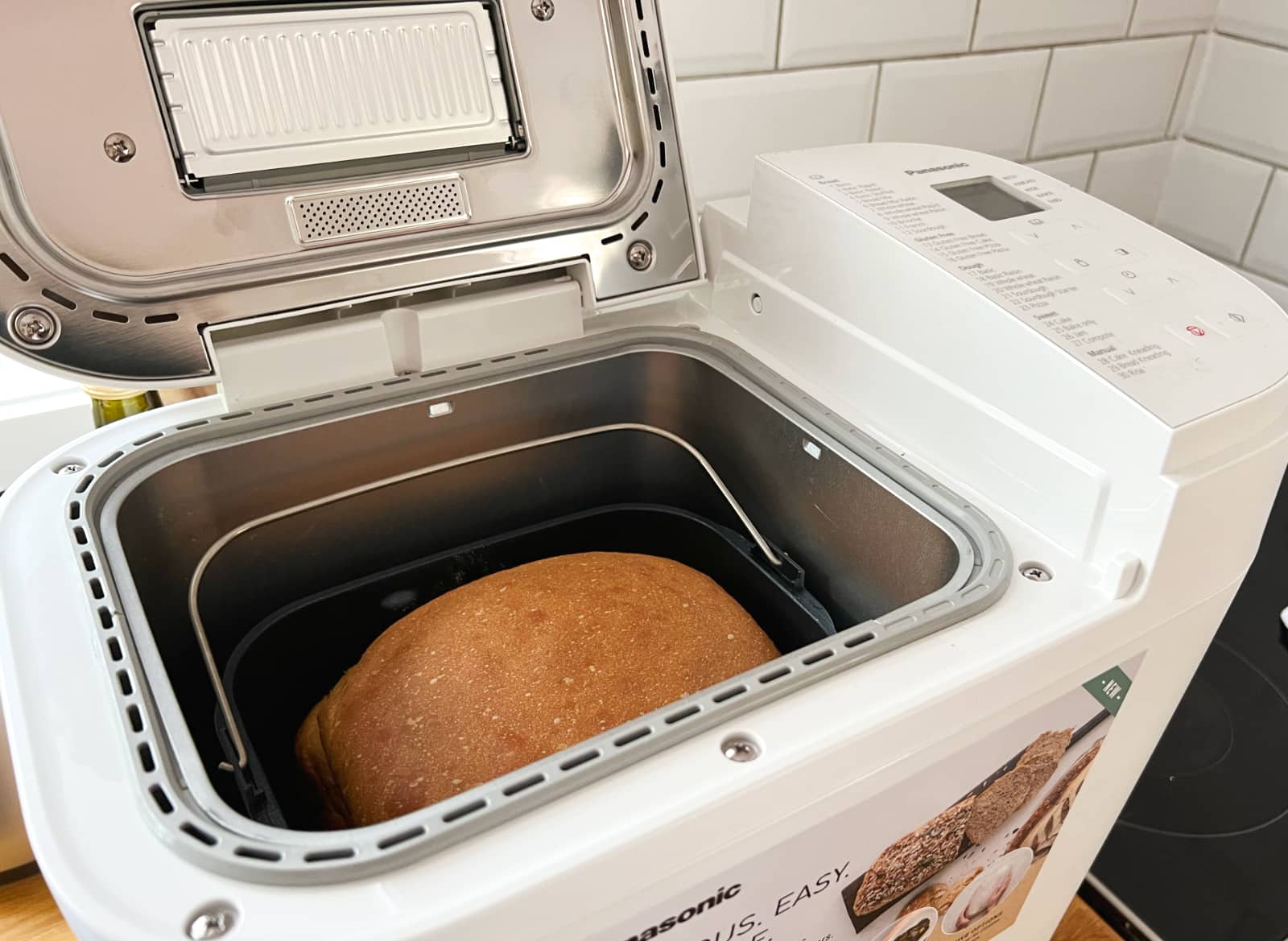
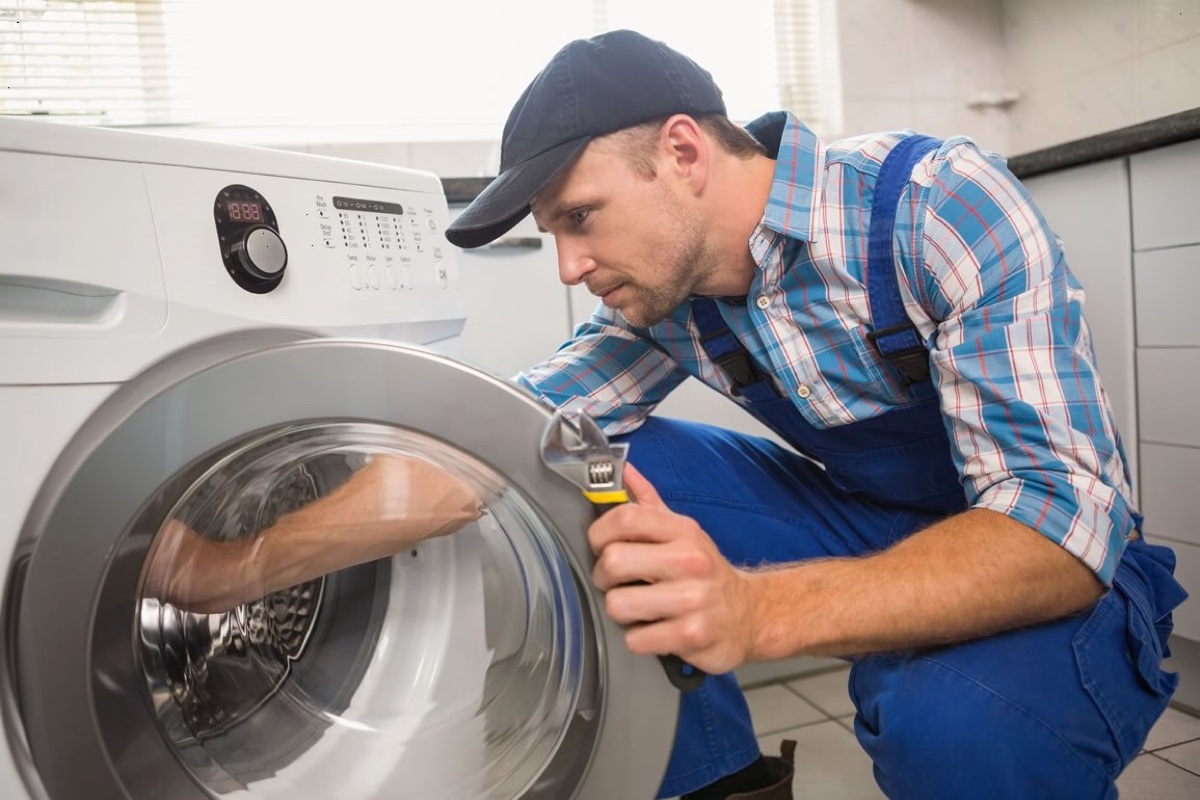
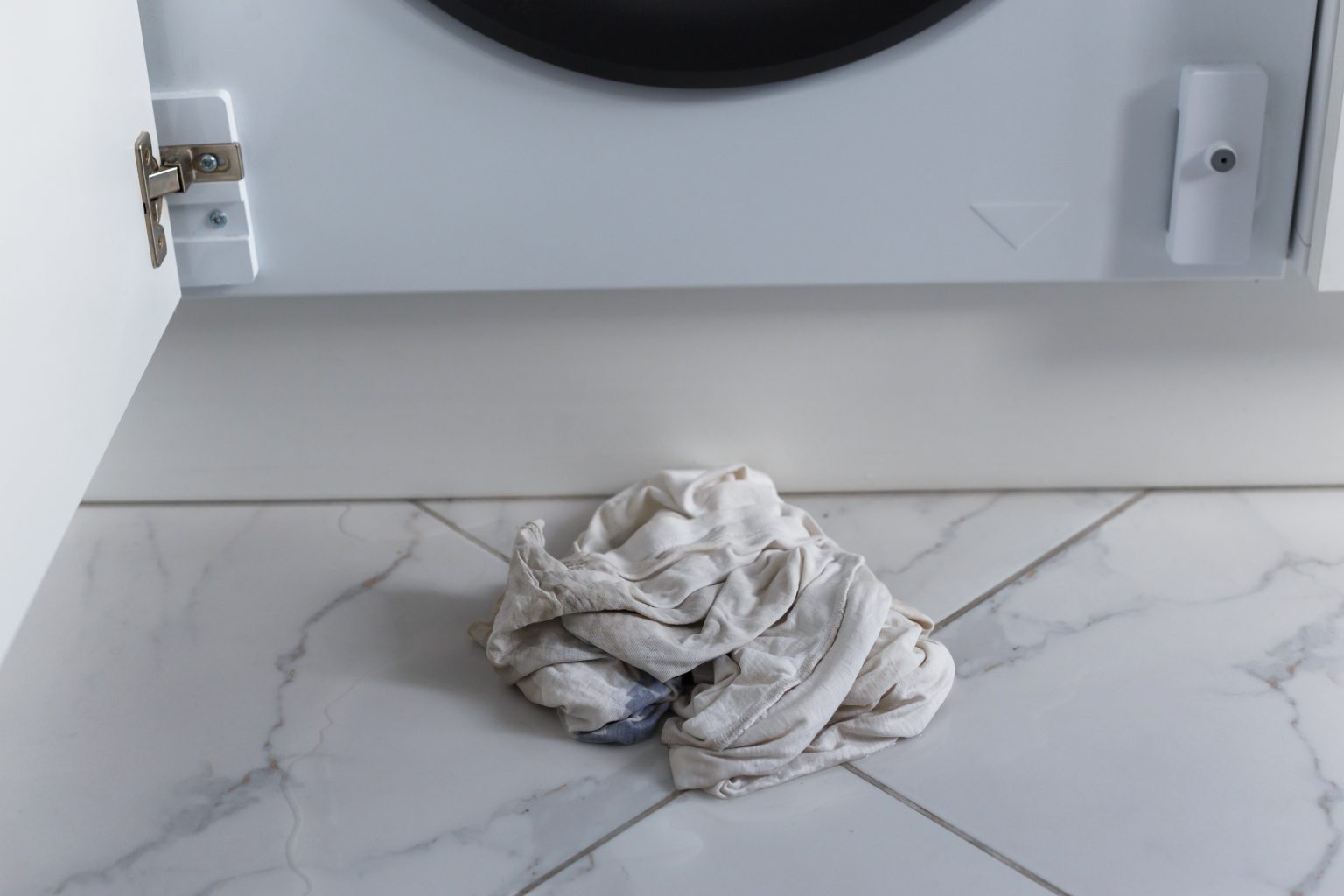
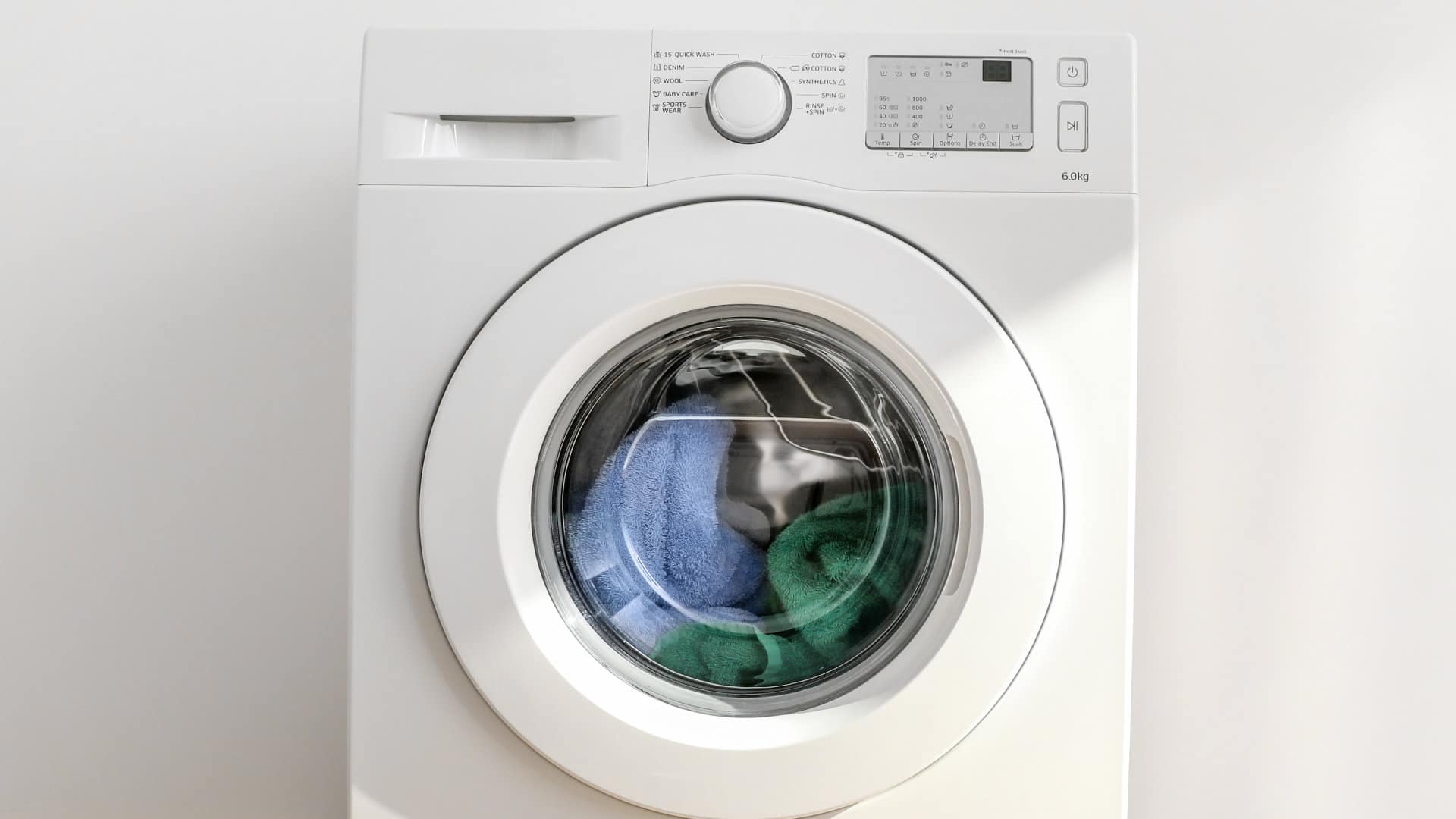
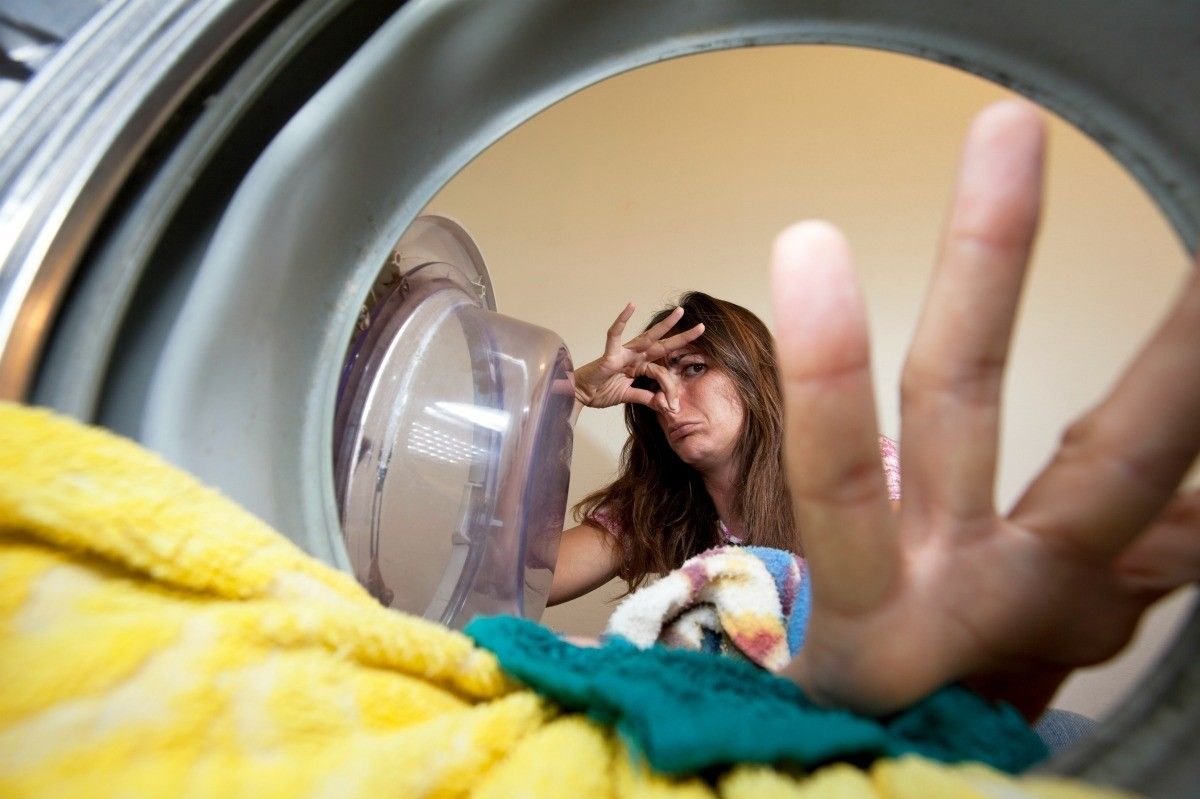

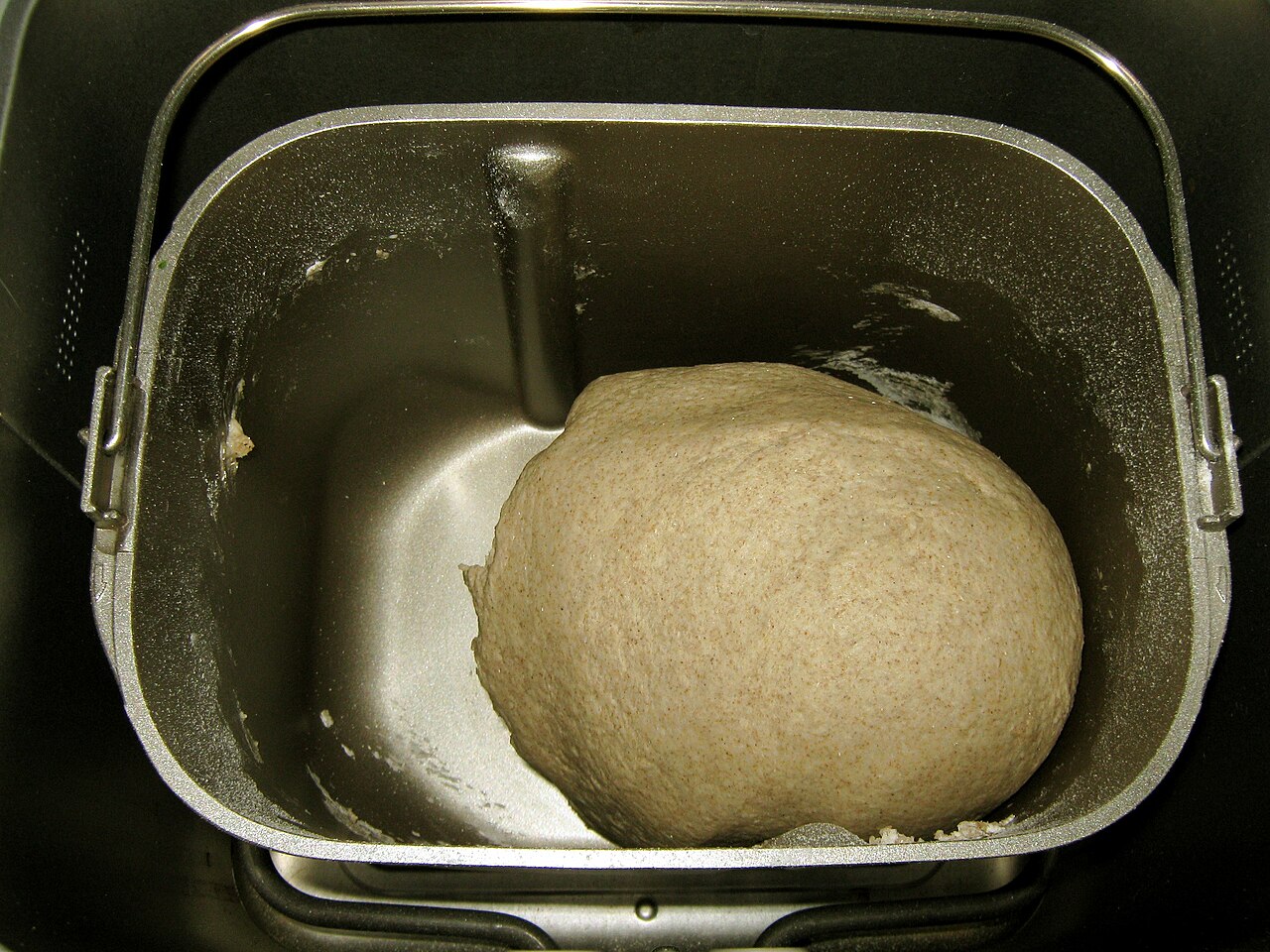
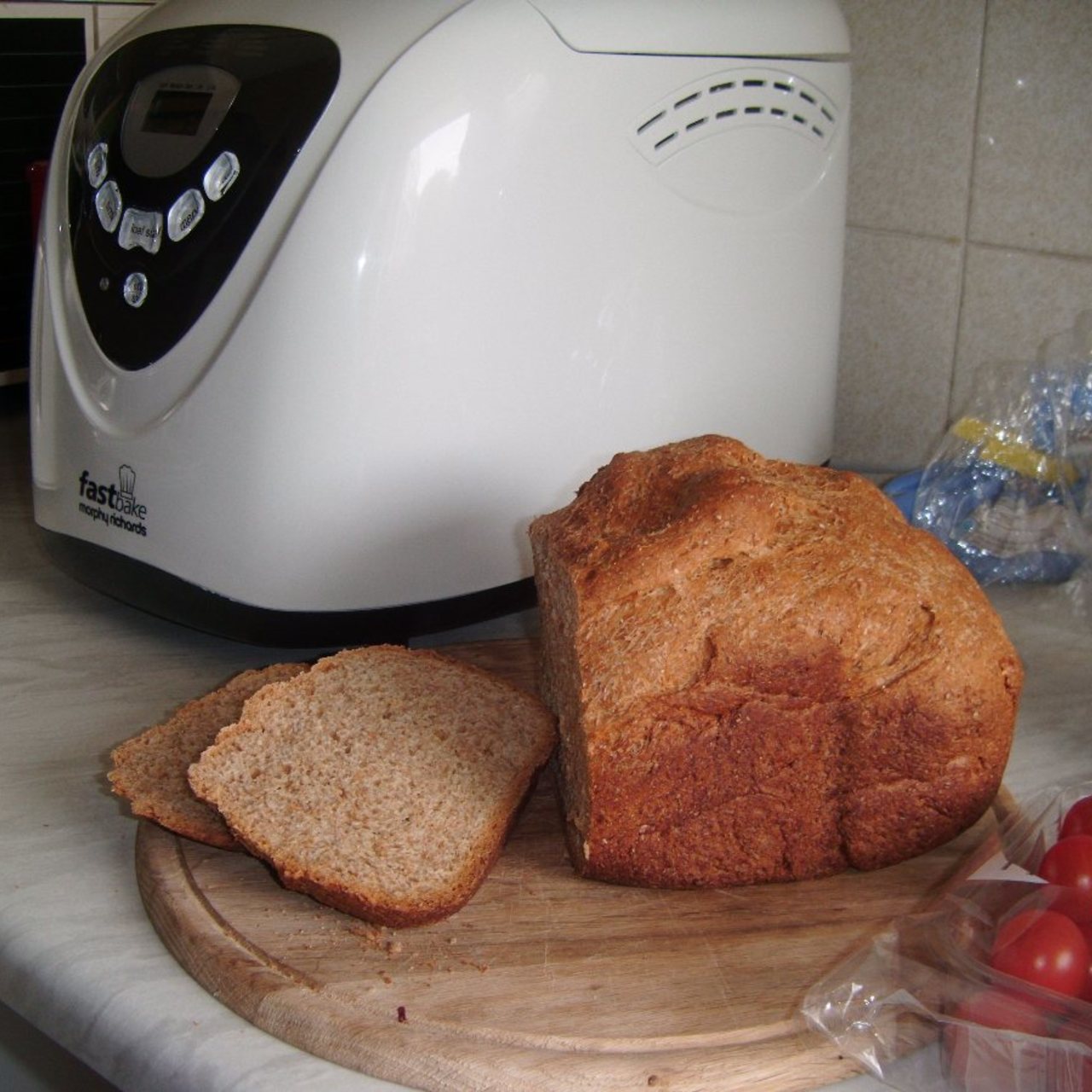
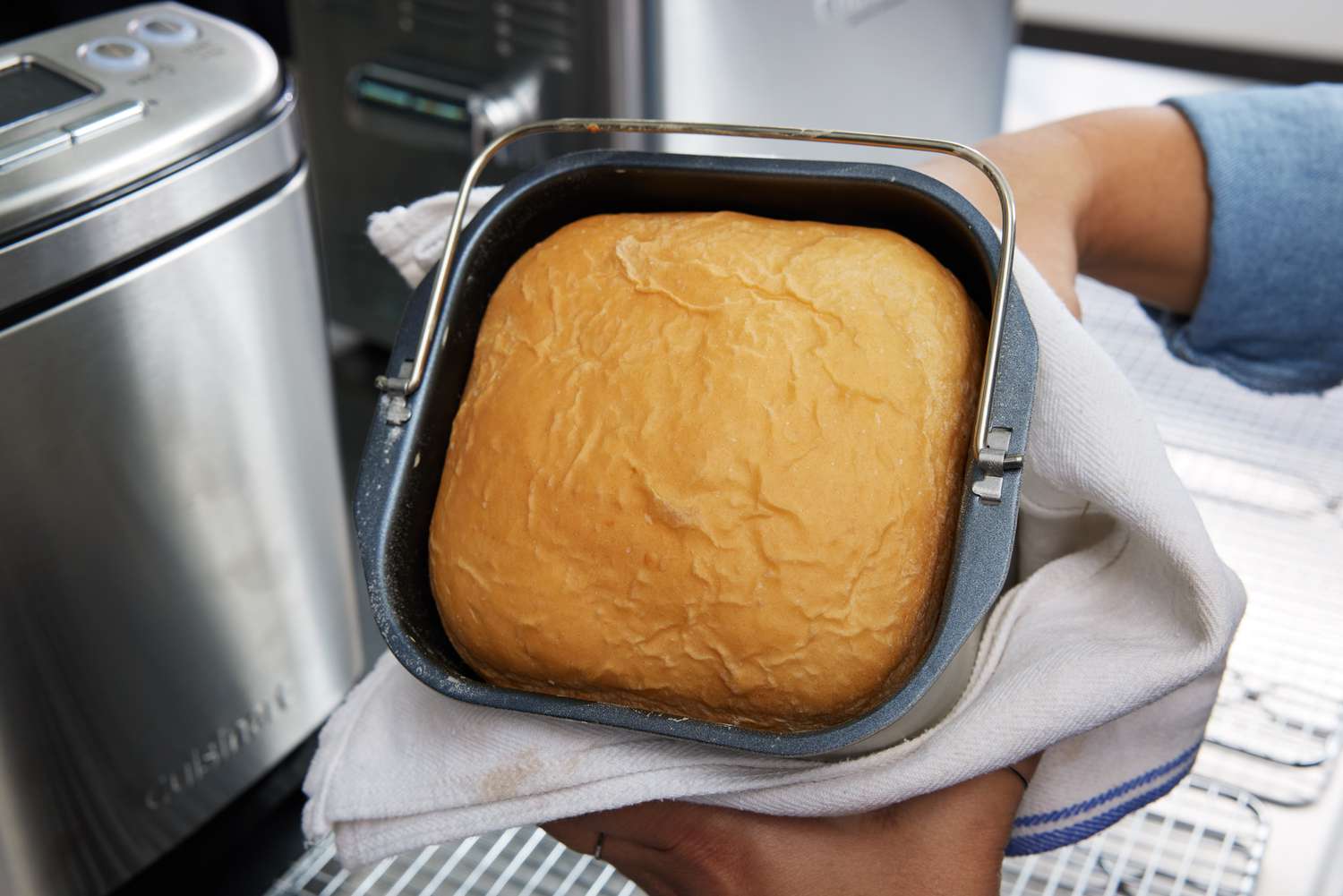
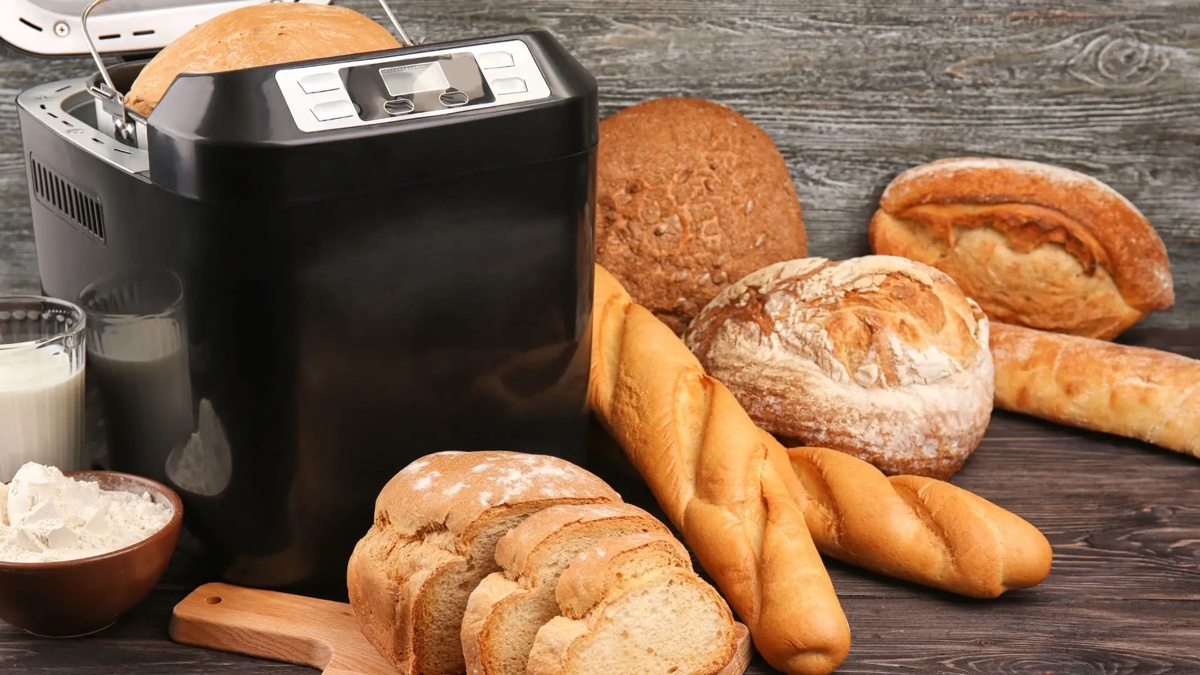
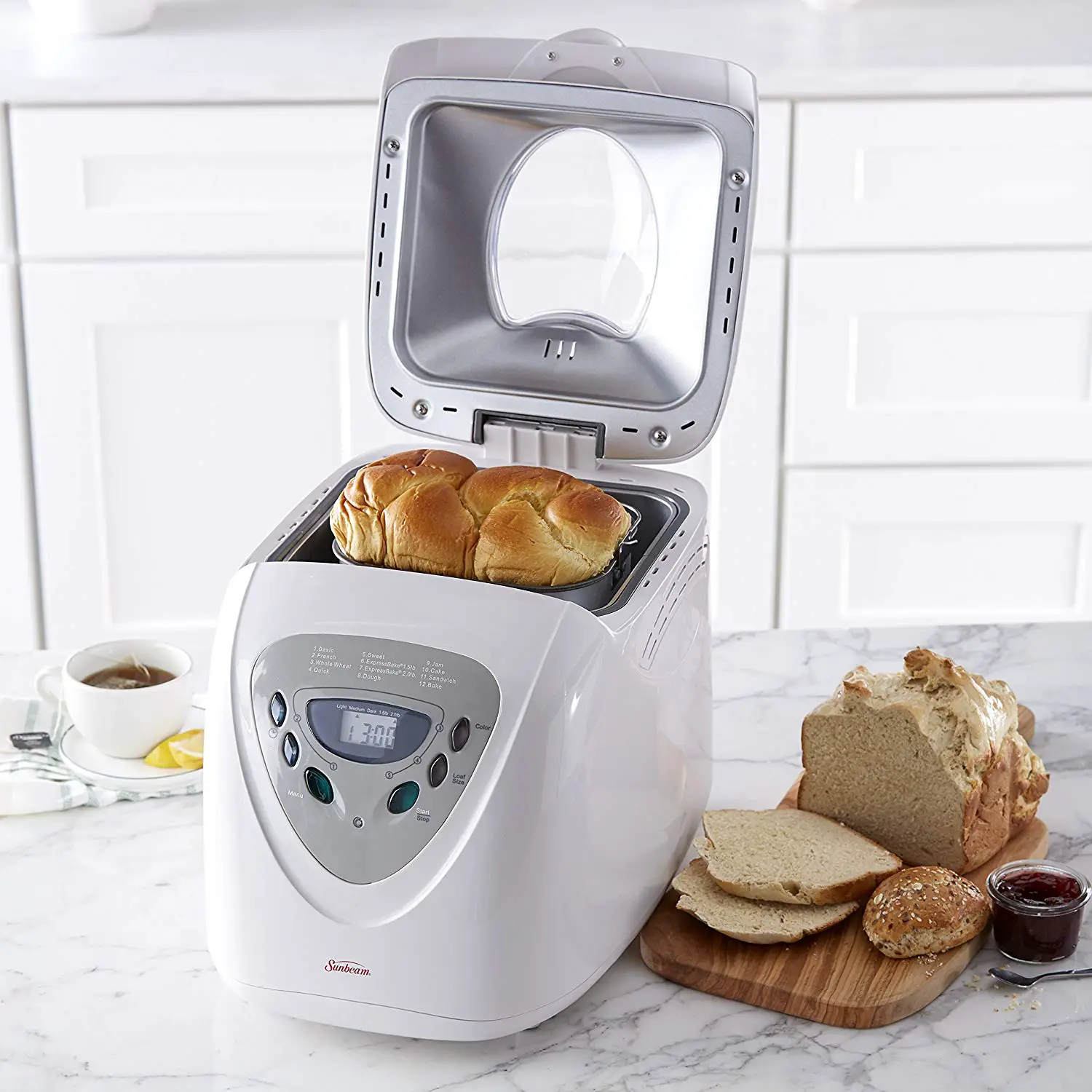
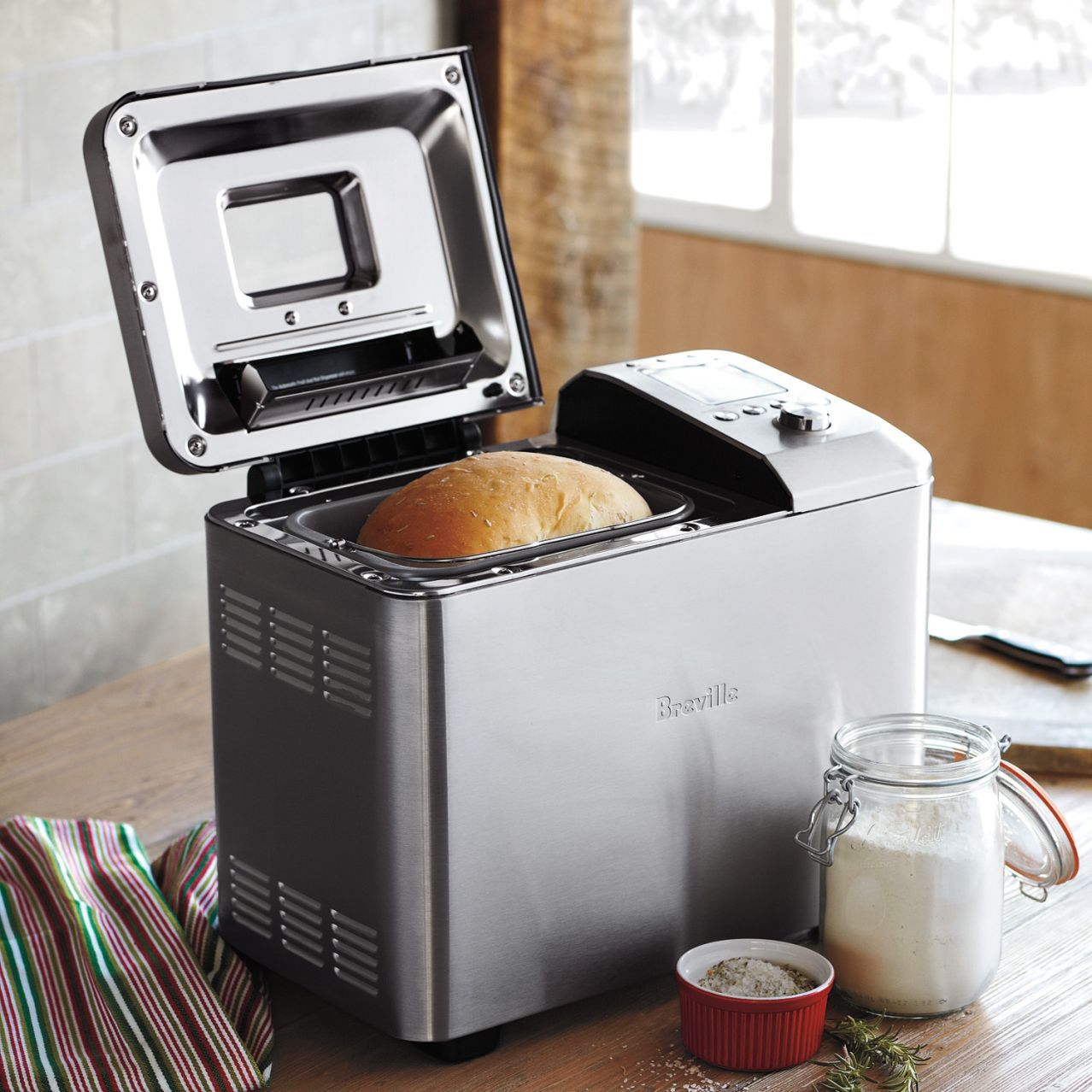
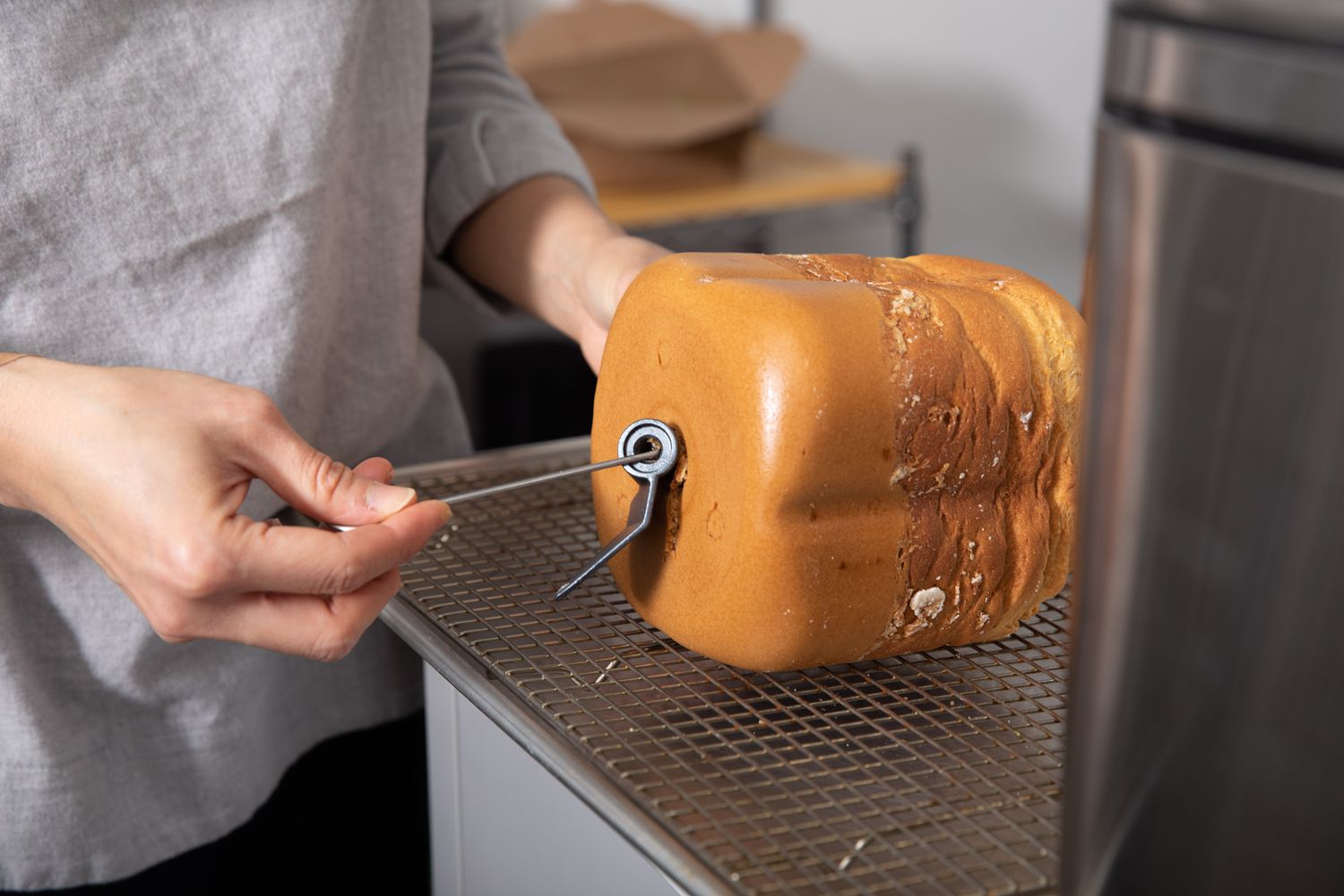

0 thoughts on “Why Does Bread Collapse In Bread Machine”